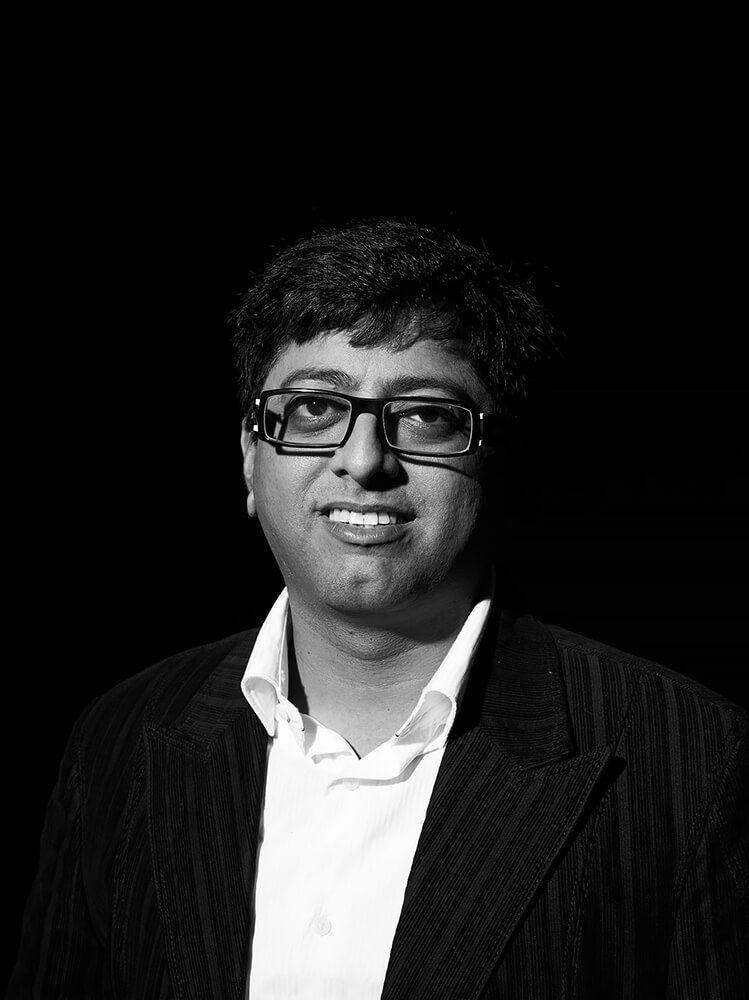Travel photographer & Graphic Designer
Mahendra has always been interested in photography, growing up reading
different photography magazines and taking pictures of sunsets and sunrises
as a child. However, it wasn't until 2001, after he had established a solid
foundation with his business in Solapur, that he got into travel photography,
drawing inspiration from the places he travelled to for business.
Mahendra's work uses all kind of elements to tell their story, from pattern to
repetition to contrast, but the most striking is his use of light. Dynamic natural
lighting is a huge part of his works, which creates images that are somehow
very rooted in the space they come from. He's covered many countries,
especially in Southeast Asia, but his favorite of these is Myanmar, the photos of
which particularly encapsulate his whole approach to photography, which is to
capture the culture and personality of a space. He wants to explore the entirety
of India first though, before properly shifting his view abroad, especially the
stories and cultures of native Indian tribes, and this emphasis on the 'human'
element of these places is a central theme that comes through in a lot of his
photographs.
AAP Magazine
Winner AAP Magazine 37 Travels